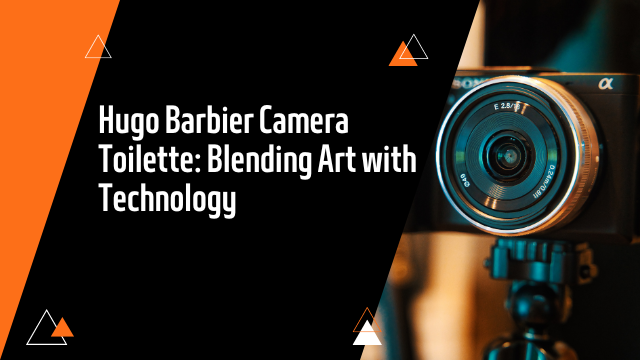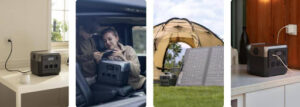Master the Frame: 4 Essential Lenses for Architectural Photography

Architectural Photography
Architectural photography is an art that melds precision, creativity, and perspective. Just as a painter carefully selects their brushes, a photographer must choose the right lens to capture the essence and grandeur of buildings and structures. The right lens can accentuate the details, lines, and the scale of a structure, bringing it to life in an image. Here, we’ll delve into the four essential lenses every architectural photographer should consider having in their gear bag.
Architectural photography is more than just taking point-and-shoot photos of stunning building designs. While architectural designs were simply seen as a still and convenient subject many years ago, architectural photography has evolved into a hobby, passion, and even a career path for many people. In fact, professionals invest in heavy gear and a wide range of equipment to be able to capture the beauty of a structure’s exterior design or the finer details of a location’s interiors.
Also Read:- How to Earn 1 Lakh Rs Every Month With Google Trusted Photography
One of the essential pieces of equipment that architectural photographers need is lenses because these tools help professionals capture various perspectives. To illustrate, here are the following lenses that can help you take stunning architectural photographs:
Tilt-shift Lens
You can take photographs of various architectural details at record speed using a tilt-shift lens. These camera lenses are essential in one’s photography gear because they allow people to control the camera’s depth of field, quickly moving from a nearby subject to a much further one.
You can even utilize multiple composition techniques through lenses like the Canon TS-E 24mm f/3.5L II, which allows you to capture the symmetry of buildings from a higher angle and shift to a lower angle to take a shot of the same structure’s leading lines. Another option would be the Nikkor 45mm f/2.8D lens, which can help you focus on nearby details to practice the rule of thirds or focus on farther structures that fit within the golden ratio.
Telephoto Lens
Do you enjoy focusing on specific details in your architectural photographs? You can capture these details without going too close to the subject, with the help of a telephoto lens.
When it comes to architectural photography, telephoto lenses are essential because they can help create abstract images from buildings or show artistic perspectives of structures like bridges. You can use the Canon EF 70-200mm f/2.8L USM Telephoto Zoom Lens, which offers ultrasonic focusing features for those who want to show specific symmetrical features in a building’s design. Another option would be super telephoto lenses like the Sigma 60-600mm f/4.5-6.3 DG OS HSM that allows you to zoom into structures that you can only photograph from a distance.
Wide-angle Lens
Wide-angle lenses are a must-have for many architectural photographers. While these professionals use telephoto lenses to zoom into specific details in a design, these professionals reach for wide-angle lenses to capture lots of beautiful structures from a distance.
Similarly, you can take pictures of expansive landscapes using camera lenses like the Voigtlander Super Wide Heliar 15mm f/4.5 Aspherical Lens, which displays low distortion and sharp images despite its wide-angle features. You may also find it easier to take photographs of vast interiors and exteriors from all over the world using the Venus Laowa 19mm f/2.8 Zero-D GFX, which offers 110-degree panoramic shots despite having a weight of 546g and a length of 80mm.
35mm Lens
You can illustrate a more realistic perspective of architectural structures by investing in a 35mm lens. These lenses are a staple for photographers who like to take pictures of a building’s interior.
To photograph similar sceneries, you can use the Canon Prima Point-and-Shoot camera with a fixed 35mm lens, which can mimic views close to the ones the human eye sees. These lenses may seem too narrow to capture a building’s beauty from the outside, but they can be very advantageous if you want to show people’s everyday experiences and perspectives of a certain structure. You can also use the Sigma F1.4 DG HSM lens, which can help you take artistic and high-resolution photographs of interiors in low-light settings.
You can show the beauty of various structures, with the help of the right lens. These must-have lenses allow you to take shots from different angles, so you can do your preferred composition technique or capture the details you want to display.







